Vrana Lake Nature Park: Perfect for Both Peace and Action
June 19, 2022 - Ever paid a visit to the gorgeous and truly unique Vrana lake nature park?
It’s that time again, when the ancient streets of coastal Croatia are full of traffic. It's the same thing for the roads, especially the Adriatic Highway, probably one of the most scenic routes you could ever drive along. No matter which part of Croatia’s coastline you're heading to, incredible views are guaranteed. Between Zadar and Šibenik, a real natural phenomenon can be sighted – the Adriatic Sea and the freshwater Vrana lake separated by less than one kilometre of mainland.

Besides of being one of Croatia‘s largest natural lakes, it has been pronounced a nature park as well. Stretching from Pakoštane to Pirovac, blessing the two Croatian counties of Zadar and Šibenik-Knin at once, Vrana lake nature park covers about 57 square kilometres in total. A ridge, the Prosika canal, lets salt water flow down into the freshwater lake, making it possible for both salt water and freshwater fish to live there – a fact that attracts both sport and recreational fishing enthusiasts.

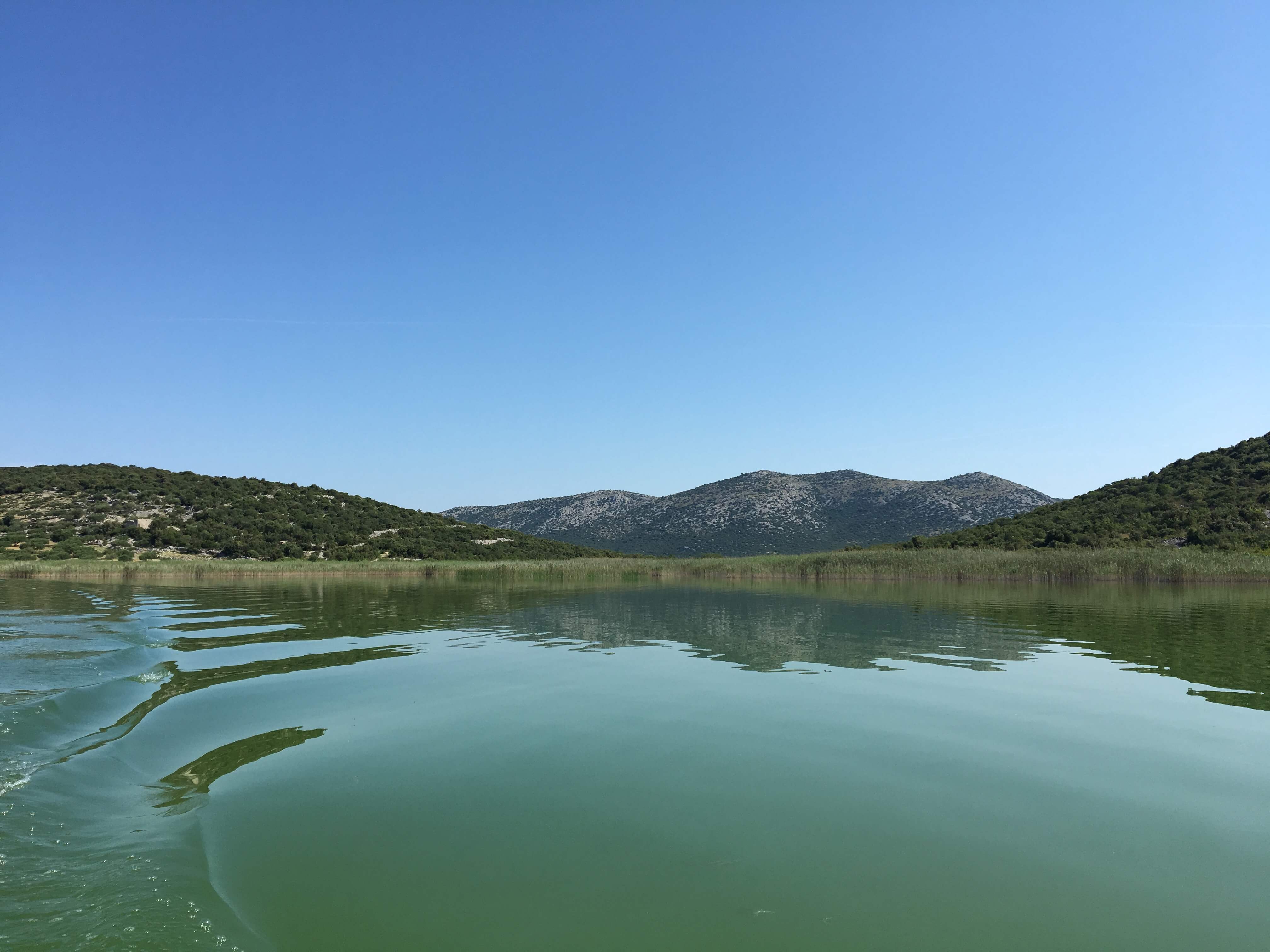
There are plenty more opportunities on offer at the gorgeous Vrana lake nature park aside from fishing, such as swimming or kayaking for example. One can also choose horseback riding or even try out swimming with the horses. Besides the abundant water activities, Vrana lake nature park also boasts 40 kilometres of impressive cycling and hiking trails with stunning views on offer. Several display boards providing educational information dotted around Vrana lake can be found as well.
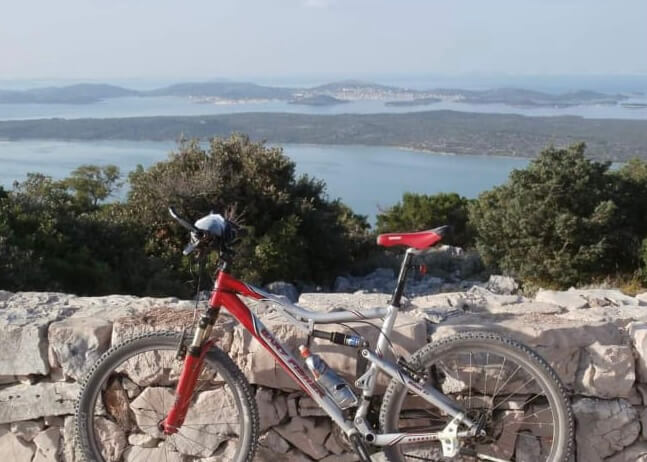
What makes Vrana Lake nature park even more special, is its declaration as an Ornithological Reserve and its listing as one of the “Important Bird Areas in Europe” with more than 256 bird species being registered as living there. Off-season, particularly during the winter, over 100,000 aquatic birds seek out Vrana lake as their seasonal home. Birds aside, numerous other fascinating animal species can be found there as well.
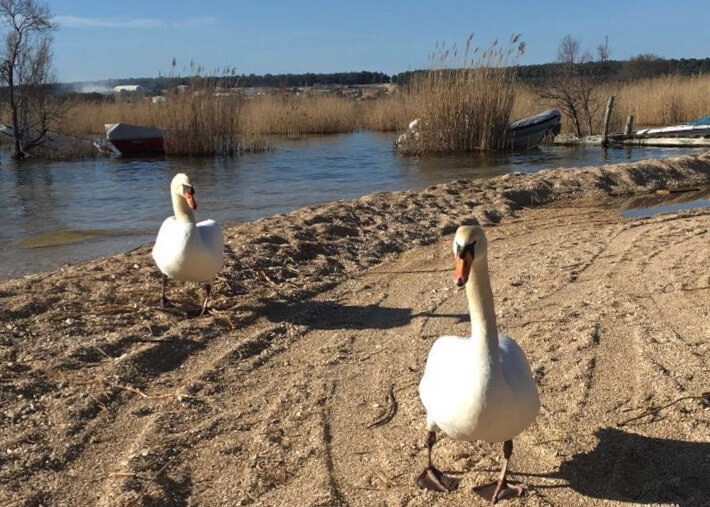
From the “Kamenjak” viewpoint, Vrana lake nature park’s highest peak, one can catch sight of the rugged coastline, the Kornati archipelago, the Mediterranean swamp as well as the rural area of Ravni Kotari all at once – an amazing picture that one can hardly ever forget. During the year, some traditional festivities take place at the top, right in front of the Chapel of All Saints. Moreover, the main path up the hill is known as the Way of the Cross with its 14 stations regularly walked by locals and tourists.
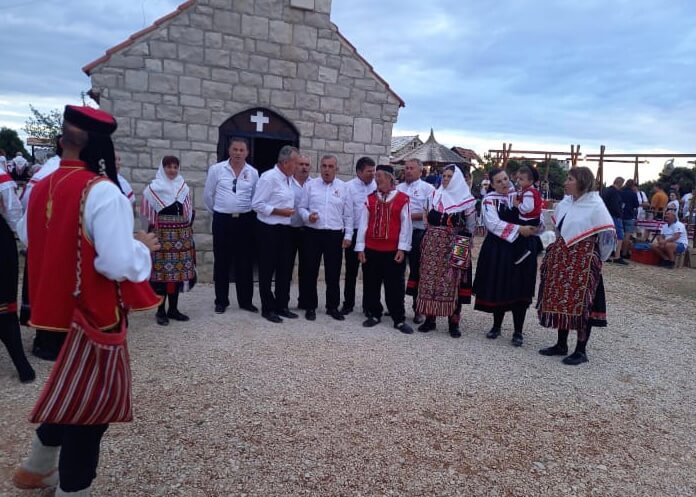
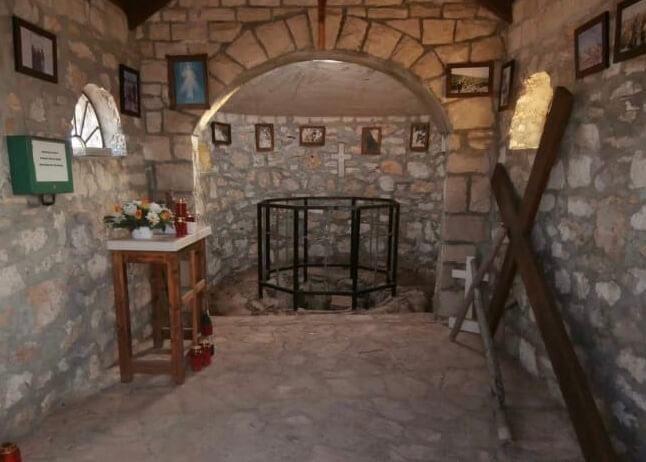
A traditional Dalmatian tavern makes it possible to enjoy local delicacies while admiring the picturesque surroundings up there, and in the mornings one can see the beautiful shades of blue of both the lake and the sea, and soak up the amazing sunsets in the evenings. At this place, one thing is sure – unforgettable memories are guaranteed.
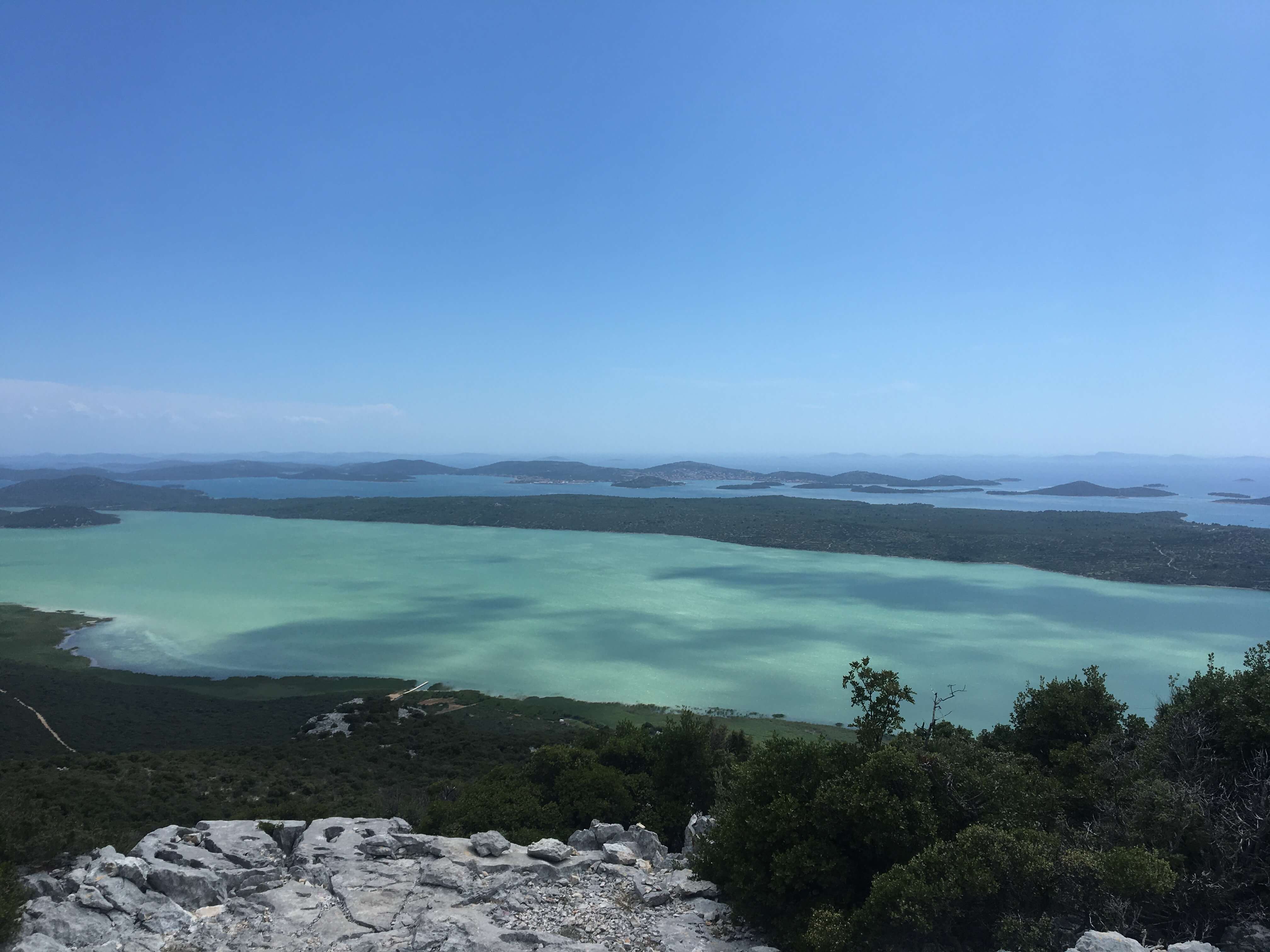
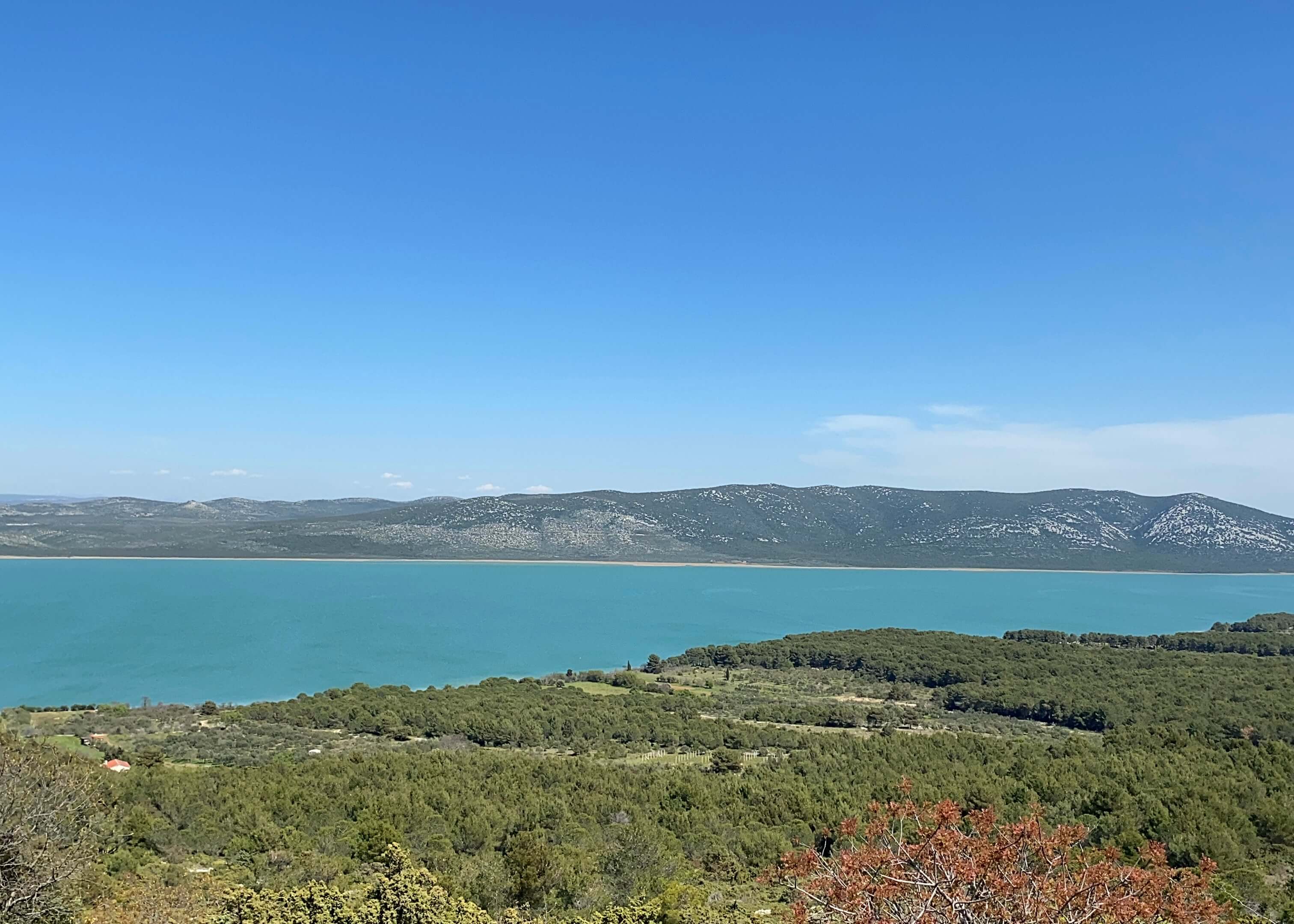
For more on Croatia's nature parks, make sure to check out our dedicated travel section.
Rudjer Boskovic Institute Scientists Detect Changes in Vrana Lake
March the 22nd, 2022 - Over the last twenty or so years, the gorgeous Vrana Lake has been experiencing some changes. Some of them are to do with the aging process, and a group of Rudjer Boskovic Institute scientists have been researching the goings on.
As Morski writes, cases of the influence of sea water have been recorded in Vrana Lake, which has led to the death of the lake's fish, but also the entry of marine organisms into Vrana Lake. An international interdisciplinary team led by researchers from the Rudjer Boskovic Institute have investigated how these changes in the balance of precipitation and evaporation, the prolongation of dry seasons and intensive irrigation affect microbial communities in coastal freshwater lakes.
Even with a slight increase in salinity in freshwater lakes, there may be a complete change in nutrients, which affects the growth and development of naturally occurring flora and fauna, or accelerate the aging process of coastal freshwater lakes.
Resident microorganisms are responsible for the role of energy transfer in aquatic ecosystems and act as a link between dissolved organic matter and organisms belonging to higher trophic levels. Their metabolic activity regulates the amount and shape of molecular carbon present in lakes and thus affects the global carbon cycle and the emission of greenhouse gases from biological sources.
Microorganisms are highly sensitive to changes in their environment and can therefore be used as indicators of change. In the coastal area of Dalmatia, more and more frequent hydrological changes are being observed, which manifest themselves as prolonged periods of drought or intense showers in the wetter period of the year. Vrana Lake near Biograd na Moru is the largest natural lake in all of the Republic of Croatia, and together with local sources, it supplies the most agriculturally developed part of central Dalmatia - Ravni Kotari.
The aging process of the lake has been studied by Rudjer Boskovic Institute scientists
The level and characteristics of lake water in Vrana Lake all depend on the amount of precipitation experienced and the load of local springs used for field irrigation. In the last twenty years, periods have been recorded in which seawater affected the lake through a partially eroded limestone reef and a canal connecting the lake with the sea, causing fish deaths and the entry of marine species.
''We decided to investigate the seasonal changes in the microbial community of Vrana Lake because its stability is key to establishing balance within the entire lake. We wanted to determine if there's a link between the dissolved organic matter present in the lake, the phytoplankton community that produces it, and the bacteria that feed on it. We conducted sampling at two points in order to collect information on changes in the microbiological community that could be caused by potential salinisation and agronomic activity,'' explained Lorena Selak of the Rudjer Boskovic Institute in Zagreb.
While conducting this research, she added, they used a high-throughput method of sequencing environmental DNA.
''Based on the distribution of the dissolved organic matter and its molecular composition, we found that Vrana Lake is highly productive and doesn't depend on the intake of organic matter from external sources. The microbial communities of the water column(s) are interconnected by the native production of organic matter, which is highest in the summer months. Prolonged droughts and intensive irrigation have caused a precipitation-evaporation imbalance that has led to an increase in potentially harmful cyanobacteria on the one hand, and the entry of seawater and marine species within microbial eukaryotes and bacteria on the other,'' Selak stated.
''Using the results we obtained, we can say that there's a great need to deepen our level of understanding of the microbial community and its response to intense changes in freshwater ecosystems that are extremely rare and valuable sources in the coastal areas of the Mediterranean,'' concluded the head of the research team, Dr. Sandi Orlic.
In nature, this process goes on for thousands of years, but due to various environmental changes in the aquatic ecosystem and human impact, the process of eutrophication of the environment has been shortened to a span of only a few years. In the process of eutrophication of aquatic systems, algae grow intensively, the amount of oxygen decreases and animal species gradually die out, and aquatic ecosystems, usually lakes, change colour to dark green and brown.
Scientists from the Liebniz Institute in Germany, Hrvatske vode (Croatian waters) and the Faculty of Science in Zagreb all participated in the international research headed by Rudjer Boskovic Institute scientists.
For more, make sure to check out our lifestyle section.
Croatian Wetland Areas Mark 50th World Wetlands Day
February 2, 2021 – Today is the jubilee 50th World Wetlands Day. Croatia marks this year's theme "Wetlands and Water" in line with epidemiological measures, as many public institutions of Croatian wetland areas organize numerous online and offline activities.
On the occasion of World Wetlands Day, the Ministry of Economy and Sustainable Development has pointed to a growing freshwater shortage crisis that poses a significant threat to humanity and the planet. This year's theme – Wetlands and water – pays special attention to wetlands as a freshwater source.
50 percent of wetlands lost in the last 50 years
Croatia has several wetlands: Nature Parks Kopački Rit, Lonjsko Polje, and Vrana Lake, the Special Reserve Crna Mlaka in Jastrebarsko, and the Lower Neretva River. Croatian wetland areas seek to encourage actions to restore wetlands and stop their loss by marking World Wetlands Day.
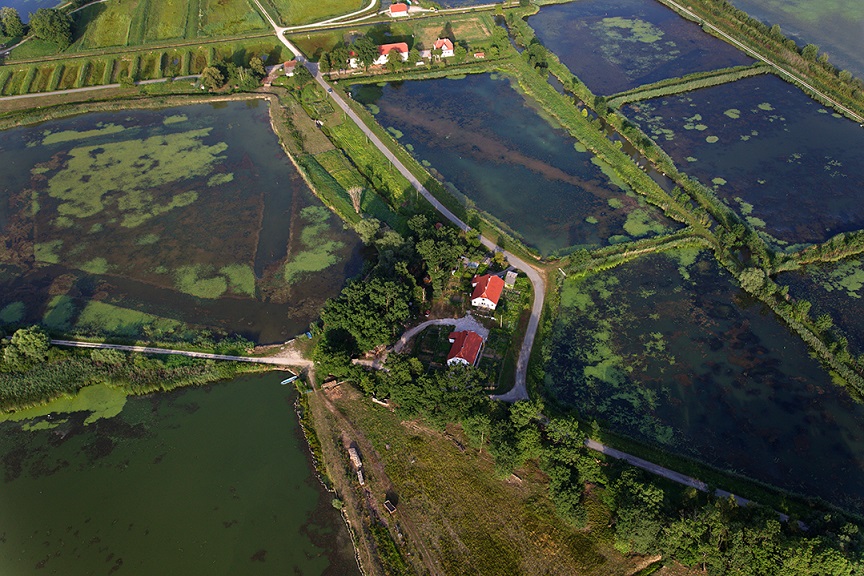
Crna Mlaka in Jastrebarsko / Public Institution Green Ring of the Zagreb County
On this day in 1971, the Convention on Wetlands of International Importance, Especially as Waterfowl Habitat, was signed in the Iranian city of Ramsar. The Convention, known as the Ramsar Convention, obliges each signatory country to the general conservation of wetlands on its territory and provides a framework for international cooperation in protecting and sustainable use of wetlands.
Croatia has been a signatory to the Ramsar Convention since 1991, and the above mentioned Croatian wetland areas are on the Ramsar Convention's list.
As a contribution to implementing the Ramsar Convention in Croatia, three relatively small areas within the Neretva delta were proclaimed as special reserves last year. The places named "Blue Eye and Lake Desna," "Neretva's Estuary," and "Kuti" have preserved, unique, and representative wetland habitats and characteristic species of particular importance for Croatia.
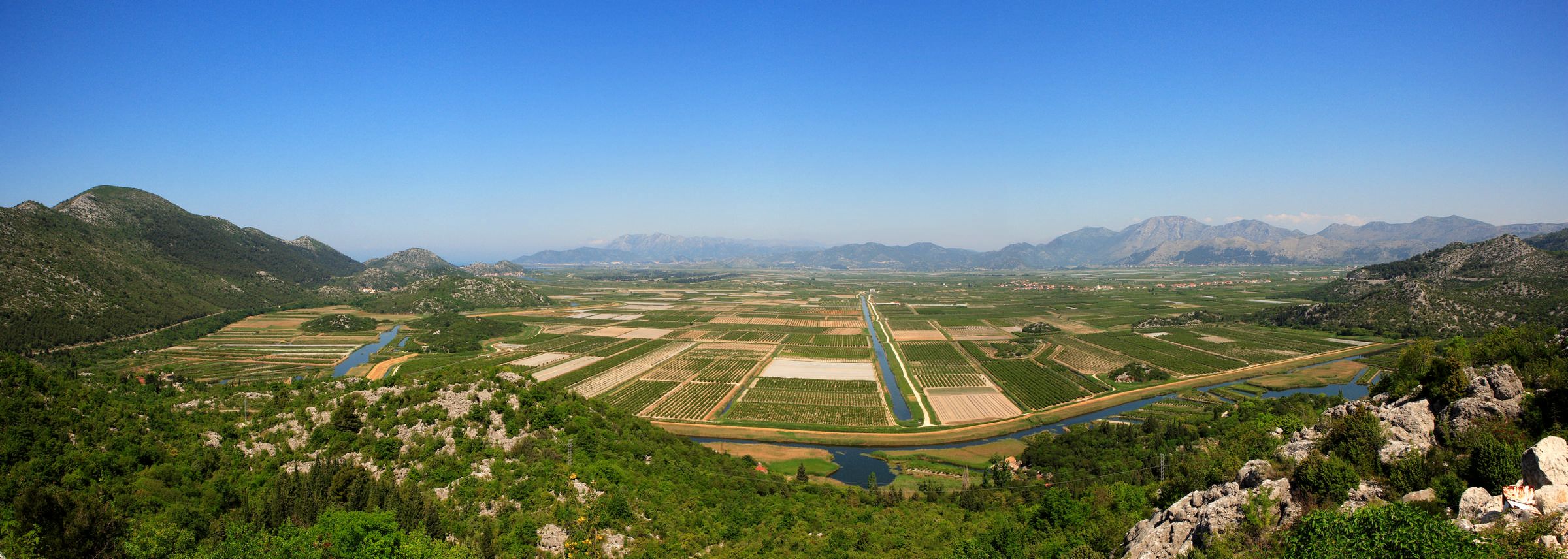
Neretva River / Copyright Romulić and Stojčić
Although wetland habitats represent one of the greatest values of biological and landscape diversity, since more than 40 percent of plant and animal species are associated with them, they are also the most endangered ecosystems in the world. In the last 50 years, 50 percent of all wetlands in the world have been lost.
Wetland areas as the best flood defense
Apart from being wet habitats for numerous plant and animal species, they are also crucial in adapting to climate change. Thus, wetland habitats are extremely important in flood defense, especially in Croatia.
Lowland rivers with moist habitats along their trough, into which they flow during high water levels, represent the best way to defend against floods. This is precisely how the flood defense system in Posavina was built. Thus, high waters of the Sava River flow into the Lonjsko Polje Nature Park floodplains, while Kopački Rit Nature Park "receives" high waters of the Drava and Danube, thereby changing their landscapes.
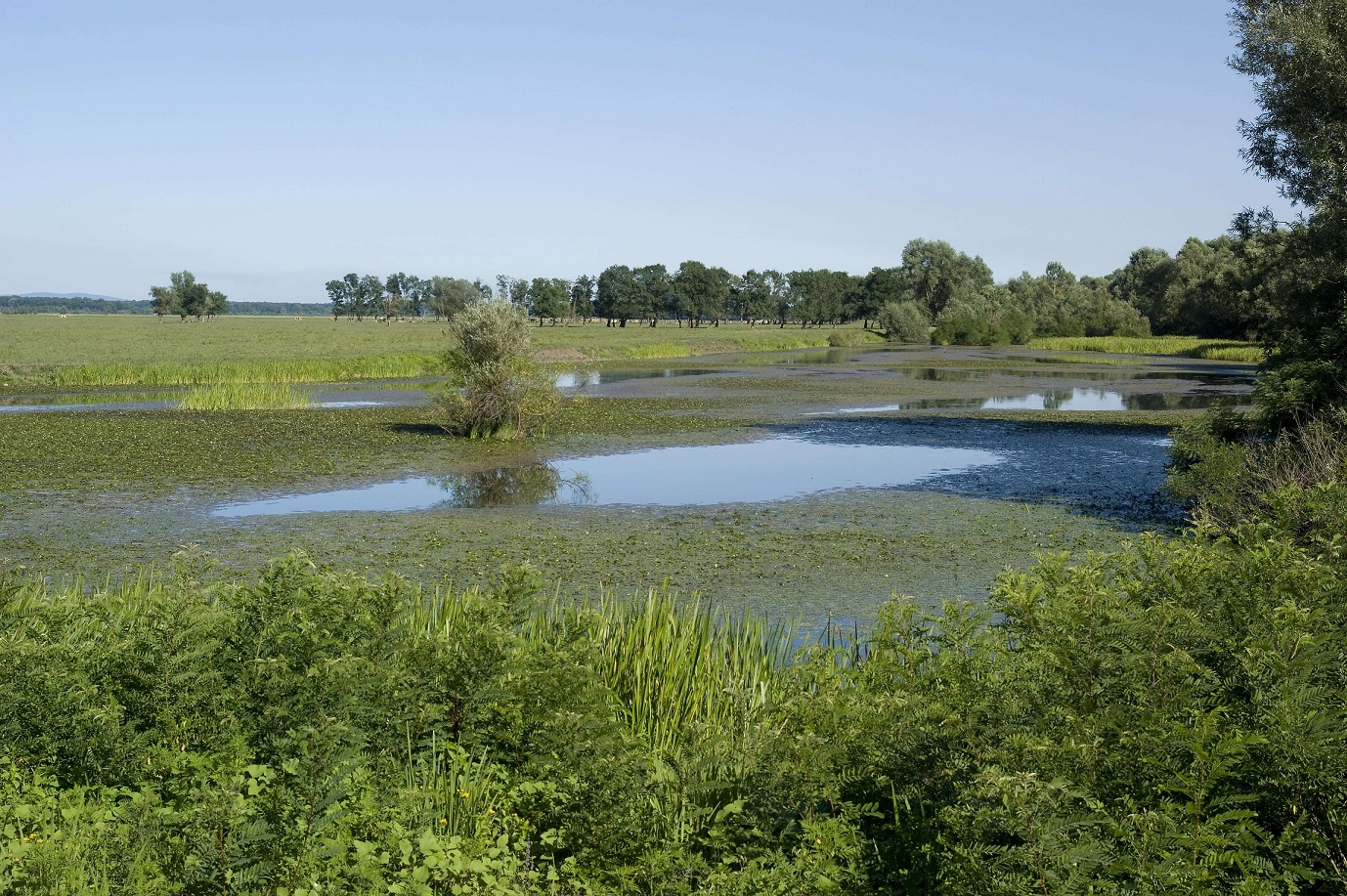
Lonjsko Polje Nature Park
The value of wetland habitats is also related to the restoration of groundwater supplies, the consolidation of shores, the retention of nutrients and sediments, and water purification. On World Wetlands Day, public institutions that manage protected areas in Croatia organize numerous activities.
Due to epidemiological measures, Lonjsko Polje Nature Park will not organize the traditional gathering "Future on the edge of the swamp" this year. However, the importance of water and wetlands will be discussed at a small event at the Public Institution headquarters in Krapje.
As part of this event, Matica Hrvatska's branch from Kutina will review the meetings "Future on the Edge of the Swamp" in the last 20 years. Employees of the Public Institution will participate in a workshop on the construction of roof platforms for white stork nests.

Village of Krapje / Lonjsko Polje Nature Park Boris Krstinić
In Northern Dalmatia, Vrana Lake Nature Park continues cooperation with the School of Applied Arts and Design in Zadar. Students will have virtual and field lectures on the topic of wetlands, their importance, and rich biodiversity, emphasizing birds. Students will create illustrations of different bird species presented in a virtual exhibition on the Park's website.
The traditional 9th "Bird Masquerade" will be organized for primary school students, and students from 1st to 4th grade of local primary schools will make masks of wetland birds. On February 6, free bird watching will be organized for all visitors.
The promotional video "Vrana Lake Nature Park: a place where birds always return" by the author Goran Šafarek will be shown for the first time:
Kopački Rit Nature Park traditionally celebrates World Wetlands Day in cooperation with Elementary School in Bilje. Second-grade students prepared artworks, literary ensembles, and a musical performance on the topic of Kopački Rit and its natural features. A lovely presentation of their work is also available online.
The Public Institution for the Management of Protected Nature Areas of the Dubrovnik-Neretva County conducts education on the importance of wetlands through an LED screen in Metković, where images with short educational texts about wetlands will be shown.
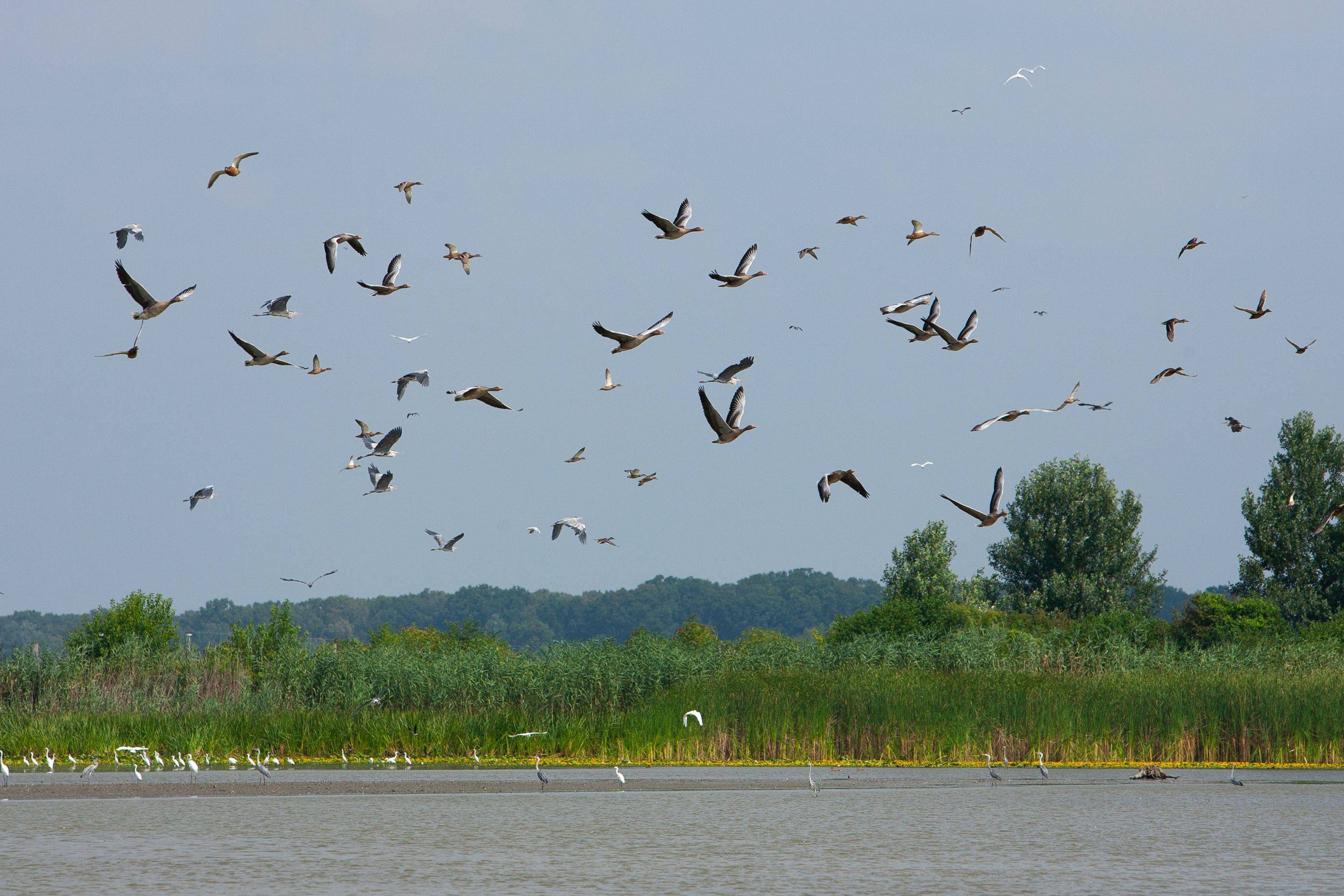
Kopački Rit Nature Park / Copyright Romulić and Stojčić
Vransko Lake Nature Park to Get a Spring Makeover
March 6, 2018 - The Nature Park will get a new electric train and a small boat for visitor transport, followed by some new attractive activities for visitors


